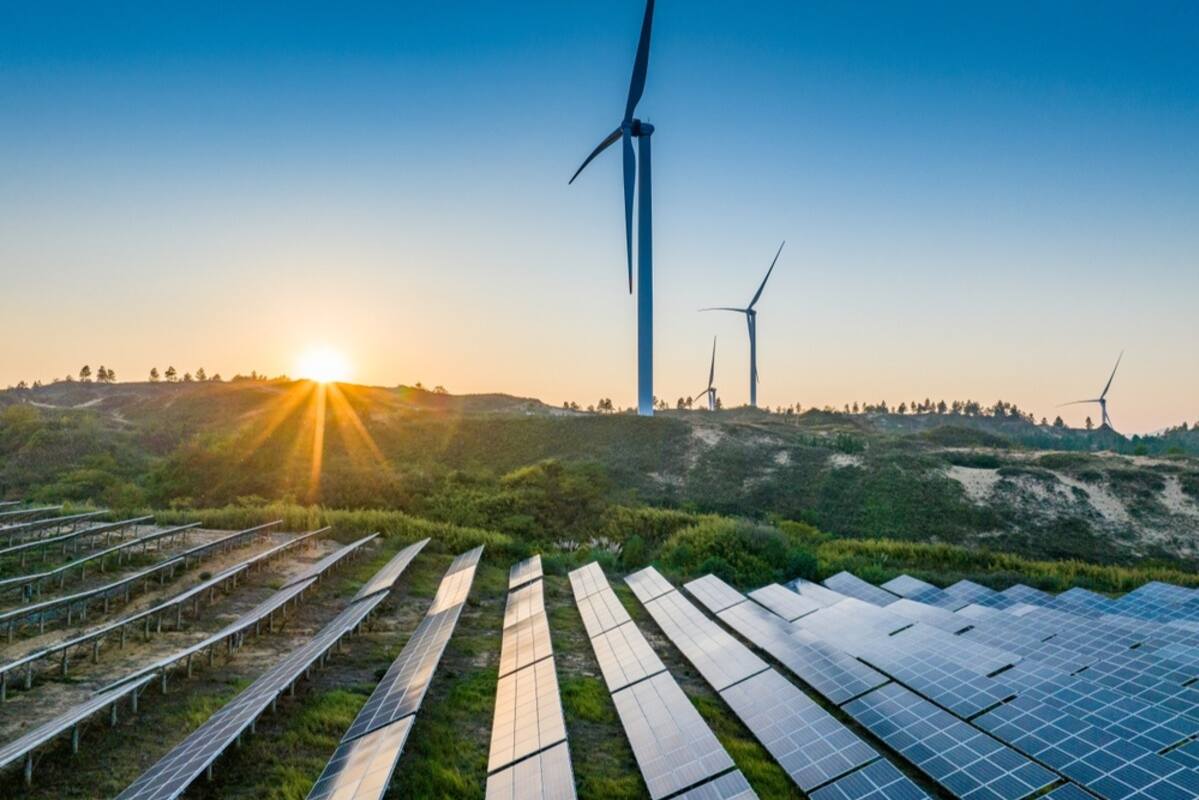Renewable energy remains competitive even as fossil fuel prices approach historical averages, according to the Renewable Power Generation Costs in 2023 report released by the International Renewable Energy Agency (IRENA) at the Global Renewables Summit during the UN General Assembly in New York today.
In 2023, a record 473 gigawatts (GW) of renewable capacity was added, with 81 percent (382 GW) of these newly commissioned utility-scale projects costing less than their fossil fuel counterparts. IRENA’s report highlights that after years of declining costs and advancements in technology—especially in solar and wind—the socio-economic and environmental advantages of renewable energy are now more compelling than ever.
Record capacity additions in 2023
Solar photovoltaic (PV) costs have dramatically dropped to about four US cents per kilowatt-hour in just one year, making them 56 percent cheaper than fossil fuels and nuclear energy. Since 2000, the global deployment of renewable power has resulted in savings of up to $409 billion in fuel costs within the power sector.
Economic impact of renewable energy deployment
IRENA’s Director-General, Francesco La Camera, remarked that renewable power remains cost-competitive when compared to fossil fuels. He emphasized that long-term support policies have spurred growth in renewables, leading to technological advancements and cost reductions. According to him, the record growth of renewables in 2023 serves as evidence of this trend. He highlighted that low-cost renewables are essential incentives for significantly increasing ambitions and tripling renewable power capacity by 2030, as outlined by IRENA and agreed upon in the UAE Consensus at COP28.
Pathway to tripling renewable capacity by 2030
To tripling the renewable energy target, global capacity must reach 11.2 terawatts (TW) by 2030, requiring an average of 1,044 GW of new capacity added each year. IRENA’s World Energy Transitions Outlook indicates that 8.5 TW would come solely from solar PV and onshore wind.
Additionally, achieving this tripling goal necessitates key enablers for the energy transition, particularly storage solutions. Costs for storage projects have decreased by 89 percent between 2010 and 2023, making it easier to integrate high levels of solar and wind into the grid and resolve infrastructure challenges.
Importance of energy transition enablers
La Camera also indicated that significant growth in all renewable energy sources is expected in the coming years, creating substantial economic opportunities for countries. He noted that their analysis suggests solar PV and onshore wind will be the main contributors to the tripling of renewables. With affordable renewables now accessible globally, he pointed out that policymakers have a timely solution to reduce reliance on fossil fuels, mitigate the economic and social effects of carbon-intensive energy, promote economic development, and improve energy security.
Anticipated growth and economic opportunities
In 2023, the global weighted average cost of electricity from newly commissioned renewable projects fell across most technologies—12 percent for solar PV, 3 percent for onshore wind, 7 percent for offshore wind, 4 percent for concentrating solar power (CSP), and 7 percent for hydropower.
Read more: $2.16 billion invested in seven new UAE renewable energy projects from H2 2023 to H1 2024
Cost reductions across renewable technologies
In non-OECD countries, where electricity demand is rising and new capacity is essential, renewable projects with lower costs than fossil fuel alternatives will significantly decrease electricity system expenses over their operational lifespan.
Asia recorded the highest cumulative savings from 2000 to 2010, estimated at $212 billion, followed by Europe at $88 billion and South America at $53 billion.
Shift to least-cost power generation
Renewable energy generation has become the primary source of least-cost new power generation. Policymakers and stakeholders should ensure that policies, regulations, market frameworks, support mechanisms, de-risking strategies, and financing align swiftly with the tripling target and are incorporated in the next round of Nationally Determined Contributions (NDCs) to the Paris Agreement in 2025.
For more news on sustainability, click here.








